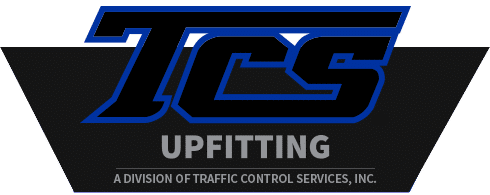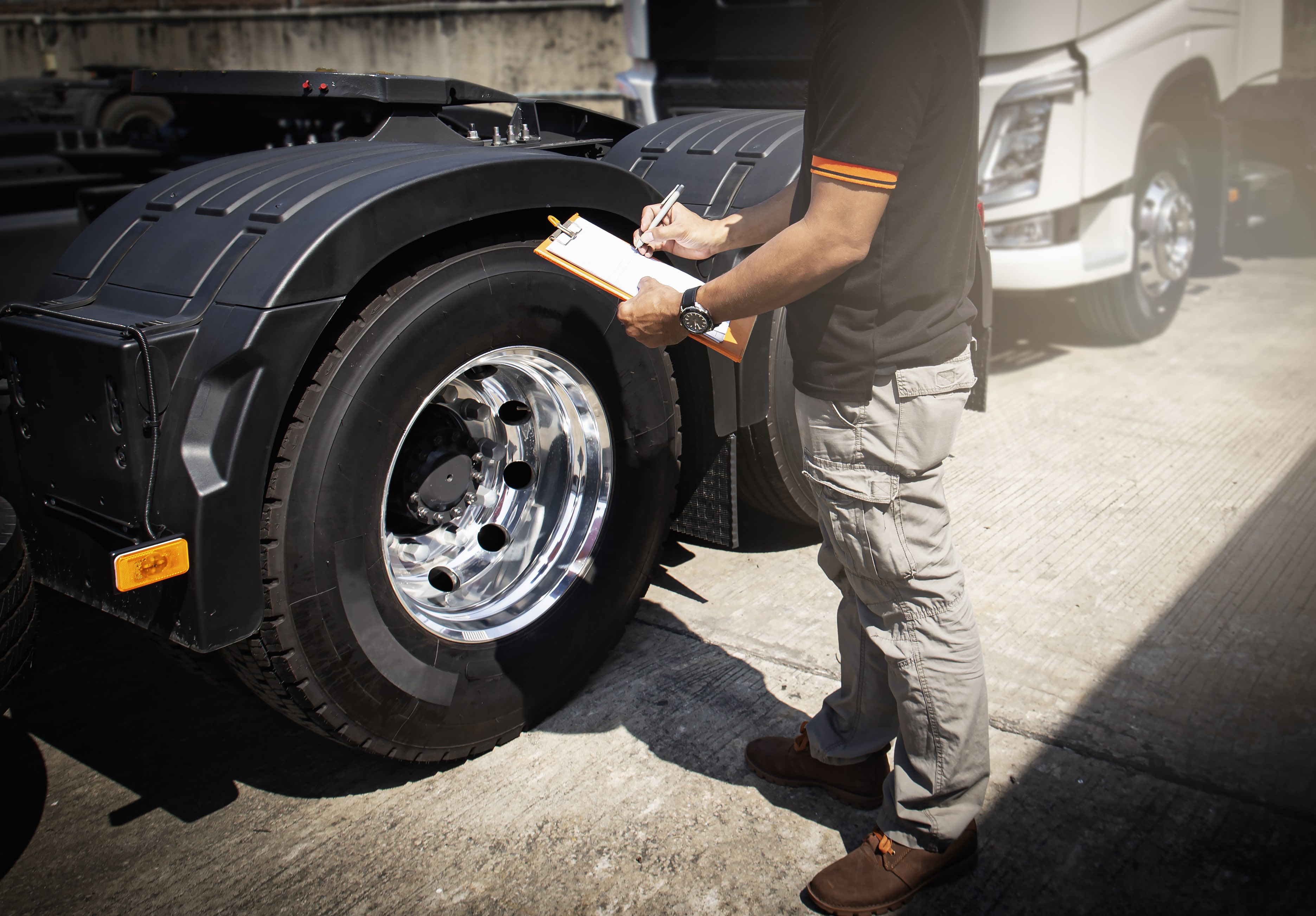Having a comprehensive vehicle maintenance checklist isn’t just a recommendation; it’s a necessity for effective fleet vehicle maintenance. From routine upkeep to more detailed inspections, every element of safety vehicle maintenance is designed to safeguard your experience and ensure the reliability of your vehicles.
In this blog, we’ll discuss some fundamental ways to prevent malfunctions and daily wear-and-tear that could compromise your fleet’s performance and, more importantly, your safety on the road. Keep reading to discover essential tips to ensure your safety vehicles are well-maintained, and learn how TCS Upfitting can transform your fleet’s safety and efficiency with tailored upfitting services that meet your unique needs.
Understanding the Importance of Safety Vehicle Maintenance
When it comes to overseeing a fleet of safety vehicles, the safety and well-being of your team rests on the reliability of your vehicles. Embracing a proactive attitude towards preventive safety vehicle maintenance defends against the unforeseen and keeps the intricate machinery of your vehicles operating at peak performance.
Life-saving Potential: Regular maintenance such as brake pad checks, tire rotation, and fluid top-ups can prevent malfunctions that might otherwise lead to life-threatening accidents.
Economic Efficiency: Addressing issues early on through preventive measures can ward off exorbitant costs associated with significant breakdowns resulting from neglect.
Environmental Care: A well-maintained vehicle typically runs more efficiently, contributing less to pollution and helping to conserve fuel—a victory for both your wallet and the environment.
Establish a Routine for Automotive Safety Practices
Adhering to regular safety vehicle maintenance is quintessential to ensuring that your driving experience is both safe and uninterrupted. To uphold safe driving practices effectively, you need a structured approach to organize and manage the maintenance of your vehicles.
Designing a personalized preventive maintenance calendar helps you keep track of essential vehicle checks and services. Begin by consulting the owner’s manual of your vehicles, which outlines recommended intervals for maintenance tasks such as oil changes, brake inspections, and tire rotations, and mark these intervals in your calendar as recurring events to stay proactive in vehicle maintenance.
- An oil change may be advised every 5,000 miles or every six months, whichever comes first.
- Brake inspections might be scheduled bi-annually or with every tire rotation.
- Checking fluid levels, including brake fluid, transmission fluid, and coolant, should be a monthly ritual.
Schedule Professional Inspections
While a DIY approach is commendable, certain vehicle maintenance tips can only be implemented by skilled professionals. Regular professional inspections ensure that complex systems are functioning as intended.
During these inspections, certified mechanics can scrutinize the health of your vehicle’s engine, electrical systems, steering, and suspension components – areas that demand a deeper understanding of automotive intricacies. Trusting professionals to manage these inspections contributes significantly to safety vehicle maintenance, allowing you to drive confidently, knowing that every component of your vehicle meets safety standards.
Ensure Tire Integrity
Maintaining the integrity of your vehicle’s tires is a critical aspect of safety vehicle maintenance. Adequate tire care is not just about ensuring longevity; it’s a pivotal component of safe car care and road safety maintenance. Tires are your first point of contact with the road, and their condition greatly influences how safely your car handles driving conditions and reacts to emergency maneuvers.
Regularly checking your tire pressure can prevent a host of issues, from uneven wear to tire blowouts, which are significant hazards on the road. Most vehicles today come with a tire pressure monitoring system (TPMS), but it’s always good practice to manually check each tire with a reliable gauge.
Seasonal changes bring about variations in temperature and road conditions that can impact tire performance. As you transition from season to season, it’s crucial to adapt your tire maintenance to match. Considering these seasonal needs will not only improve your vehicle’s handling but also ensure maximum safety through changing road conditions.
Keep Brake Systems Reliable
Recognizing the signs of brake wear is an essential aspect of safety vehicle maintenance. As you drive, listening for any unusual noises like squealing or grinding when applying the brakes can indicate that the brake pads or rotors need attention.
Feeling a wobble or vibration in the steering wheel during braking could also suggest issues that require immediate inspection. The consequences of disregarding such signs can range from reduced braking efficiency to complete brake failure, potentially leading to dangerous driving situations.
To uphold automotive safety practices, it’s crucial to incorporate regular brake system maintenance into your vehicle maintenance tips, including:
- Periodically check the brake pad thickness.
- Inspect the condition of brake rotors and drums.
- Ensure brake fluid levels are within the recommended range and that the fluid is clean, as contaminated brake fluid can impair braking effectiveness.
- Attend any ABS warning lights on your dashboard, which indicate a problem in the anti-lock braking system.
Maintain the Engine and Transmission
To keep your vehicles running smoothly, regular monitoring of your car’s vital fluids and addressing any engine performance issues with immediacy is crucial. By doing so, you’re not only ensuring peak performance but also adhering to safe driving practices.
The lifeblood of your engine and transmission is the range of fluids that lubricate, cool, and clean their internal components. Neglecting these fluids can lead to premature wear and overheating, which can severely affect your vehicle’s function. A crucial aspect of preventive vehicle maintenance is keeping these fluid levels within the optimal range.
Engine Oil: Check monthly to ensure proper lubrication of engine components. Change the oil as instructed by your car’s manufacturer or mechanic.
Transmission Fluid: Essential for smooth gear shifts and the longevity of your transmission. Check the fluid level with the vehicle warmed up and running.
Coolant: Prevents your engine from overheating and should be inspected with each oil change.
Power Steering Fluid: Ensures your steering remains responsive and should be checked periodically.
Brake Fluid: Check regularly to ensure your brakes are responsive; low fluid levels could indicate a leak in the brake system.
Address Engine Performance Issues Promptly
When it comes to engine performance, small signs can hint at more significant underlying issues. Early detection of these symptoms can prevent the spiral into costly repairs.
- Stalling or rough idling might indicate a spark plug or sensor problem.
- Unusual noises, such as knocking or hissing, could suggest a range of problems, from belt issues to leaks.
- A decrease in fuel efficiency is often a red flag that something in your engine or exhaust system is not functioning efficiently.
- Visible fluids under the car could be a sign of possible leaks that should be inspected immediately.
Conduct Thorough Electrical System Evaluations
Your car’s battery and alternator are the heart and soul of its electrical system. To maintain reliable performance, test your battery’s voltage and inspect it for signs of corrosion or wear at least twice a year.
Car batteries typically have a lifespan of 3-5 years, depending on usage and climatic conditions. Furthermore, the alternator, which charges the battery while your vehicle is running, should also be checked regularly. If you notice dimming lights or a lagging start, it might be time to have a professional assess your alternator’s health.
Ensure Proper Functioning of Lights and Signals
Your vehicle’s lights and signals serve as the primary mode of visual communication with other road users. Functioning headlights, tail lights, brake lights, and turn signals are non-negotiable for road safety maintenance.
Perform regular checks to ensure all bulbs are operational, and consider upgrading to longer-lasting LED lights for improved visibility and reduced maintenance. Also, cleaning the lenses can significantly enhance light output, contributing to a safer driving experience.
Ensure Visibility
Ensuring optimal visibility is a cornerstone of vehicle safety maintenance and is an integral aspect of safety vehicle maintenance. Any damage to the windshields of your vehicles, such as chips or cracks, can significantly obstruct your view and should be repaired or even warrant a windshield replacement if severe. Regular cleaning, both inside and out, also eliminates potential glare from streaks and buildup.
Proper headlight maintenance is another crucial aspect. Headlights not only allow you to see the road ahead after dark but also play a vital role in making your vehicle visible to others. Here’s how you can keep them functioning effectively:
- Replace headlight bulbs before they burn out. Always replace them in pairs to maintain even lighting on the road.
- Regularly clean the headlight lenses. Cloudy or yellowed lenses can dramatically reduce the effectiveness of your headlights.
- Consider upgrading to higher quality or brighter bulbs in accordance with your vehicle manufacturer’s recommendations for enhanced illumination.
- Ensure your headlights are properly aligned so you’re not inadvertently blinding oncoming traffic, which compromises safety for all road users.
Upgrade the Safety of Your Fleet with TCS Upfitting
By reinforcing the importance of routine inspections and timely repairs, whether it be checking your tires, monitoring fluid levels, or ensuring your brake system is in peak condition, a proactive approach to automotive care ensures the safety, reliability, and longevity of your fleet vehicles. Embracing these maintenance measures constructs a safety net around your vehicles, minimizes the risk of malfunctions, and builds a foundation for a safer driving environment for everyone.
Are you looking to upgrade your fleet with the latest in vehicle technology and equipment? At TCS Upfitting, we understand the critical role of emergency vehicles, and we remain dedicated to ensuring they are equipped with the essential tools and equipment needed for their demanding tasks.
With their deep technical expertise and unwavering attention to detail, our skilled technicians are ready to provide customized solutions tailored to your specific needs. From sirens and lights to advanced communication equipment, our wide range of vehicle upfitting services ensures your fleet is ready for any challenge.
Don’t compromise on the safety and effectiveness of your safety and emergency vehicles. Reach out to TCS Upfitting today to learn more about how we can assist you in achieving optimal performance and reliability for your vehicles.



